After a first day in Buenos Aires chock full of seeing a several of iconic buildings and landmarks, our second day started out much slower. The morning was spent finishing schoolwork and keeping tabs on what was going on in the office back home. My job lends itself to the work-cation for any trips of more than about four days. It’s hard to unplug completely.
We headed over to San Telmo just after noon, stopping to grab lunch at Brun, a small café on Calle Moreno. I had a twist on the classic Porteño lomito steak sandwich. This one was lacking a fried egg (yes, that is a classic part), but had spinach, tomatoes, cooked red peppers, and pickled onions. Argentina is known for its beef, and I was sure to try it every chance I got. The sandwich was delicious.
It was a fine café in terms of food. Service took a while, however. Both today and the previous day I had to request the bill to be able to pay and leave. Reading up later, it turns out this is perfectly normal for Argentinos. The waiter won’t bring you la cuenta until you ask them for it. You’re more than welcome to chat the day away. There’s no rush.
San Telmo and La Boca Bike Tour
I’d booked a bike tour very last minute, confirming with Biker Street only the day before. But my lack of planning turned out to be fortuitous, as we were the only ones on the tour. It was a fantastic private experience. You can read my full review of our experience with Biker Street Buenos Aires.
Carlos, our knowledgeable and engaging tour guide, started our time off by giving us a few lessons on the Argentinian Spanish. I’d already picked up on a few nuances, and my daughter, a native Spanish-speaker, had commented on them as well. The primary tell of Argentinian and Uruguayan Spanish is the use of a “sh” sound in place of their “ll” or “y” sound. There is still tiny hint of the typical “y” sound in there, but you have to hunt for it.
Now that we were sounding properly Argentino, it was time to explore the city.
Carlos took us to Plaza de Mayo and La Casa Rosada, the same place we’d started the day before. He painted a lovely picture about the pink facade of La Casa Rosada. It was all about unification of the two political parties of the time, the red of the Federalistas and the white of the Unitarios. While that may or may not be true, the more cynical (but practical) explanation is that the structure was painted with cow’s blood that would help in the humid climate.
It was nice to actually see the gates and fence open, unlike during the previous day’s protests. The government offices were actually approachable. Protests around the Plaza de Mayo are normal, though. Argentinians love to protest. But there weren’t any demonstrations that day. Carlos told us things got so bad years ago that the president was airlifted by helicopter from the government office.
Puente de la Mujer
From the Plaza de Mayo we headed down the hill to Puerto Madero and the Rio de la Plata, the same neighborhood where our hotel is located. The most iconic structure in Puerto Madero is likely La Puente de la Mujer. In English: the Bridge of the Woman. It’s a beautiful pedestrian bridge spanning the old harbor.
The Puente de la Mujer is meant to represent a couple dancing the tango. I just can’t see it. I mean, maybe it has the same angles as the lady’s extended leg that you see with a couple dancing tango, but it sure doesn’t jump out at you.
What did stand out to me is how suspiciously similar the bridge is to one in Dublin. The Samuel Beckett Bridge over the River Liffey is of a very similar design. Fittingly, the iconic Dublin structure is supposed to look like a harp.
It turns out that the bridges were both designed by same Spanish artist-architect: Santiago Calatrava. I think he just recycled his design for each (although the Puente da la Mujer predates the Dublin bridge). Even more bizarrely, he designed the Sundial Bridge over the Sacramento River here in Northern California. All three have the same cantilevered spar.
The Bridge of the Woman is a fitting name for a bridge over the old port. All the streets in Puerto Madero are named for women. This neighborhood is the most modern in Buenos Aires, and construction on steel and glass skyscrapers continues. Revitalization of the port has been an ongoing effort after decades of neglect. The brick warehouses have been re-purposed and restored into shops and cafes. The Hilton Buenos Aires with its investment in the neighborhood in 1999.
Carlos took us out along the ecological reserve. There are a number of carritos (basically food trucks) along the street here where you can grab a lomito for yourself. According to Carlos, this is where the local working folks grab lunch. They know what’s up.
The ecological reserve itself is entirely accidental. All of Puerto Madero stands on reclaimed land, and the city was supposed to continue to expand to the east. However, the project was abandoned after the land-filling started, and nature took over. The area was officially protected in 1986. It is a welcome addition to the lovely neighborhood and an escape from the bustle of the city.
La Boca and El Caminito
From Puerto Madero we crossed into La Boca, the original port area of Buenos Aires. Puerto Madero is actually the “new” port that was developed in classic English style but was hardly used. La Boca purportedly gets its name from the “the mouth” of the Riachuelo River.
This colorful and seedy neighborhood was the site of much European immigration, especially from Italy. Most Argentinos can trace their ancestry back to Spanish and Italian roots. It is purportedly the birthplace of the original tango. While a claim of that sort is certainly in question, the tango was definitely developed in the poor, working-class neighborhoods of Buenos Aires.
We spent some time exploring El Caminito, “the little way”. This street contains some preserved houses, brightly colored. It started as an art district, but changed into a more of a tourist trap. It’s still totally worth a visit. If you want to enjoy lunch at a cafe, watch some tango, and pick up some souvenirs, it’s a great spot to spend a couple hours.
Another central part of La Boca is La Bombonera, the stadium of the Boca Juniors soccer team. It’s bright blue and gold colors have their own hysterical origin story. As legend has it, the Italian residents of La Boca argued and argued over the colors their team would adopt after losing their original jersey colors to a rival team. They settled on a unique decision method: the La Boca Juniors would adopt the colors of the flag of the first ship into port. Given the blue and gold, my first thought was Barbados (bad guess, as their flag wasn’t adopted until 60 years later). Turns out a Swedish vessel was the first to be sighted.
Enjoying An Piece of Argentinian Culture
La Boca behind us, we headed to a large park for a little rest. Carlos used this time to introduce us to mate (mah-tay). This drink is an Argentinian tradition brought into their culture from the natives. It is central to Argentinian and Uruguayan culture. In most cases, a single wooden cup and bombilla (filter straw) are shared by everyone. The social aspect of mate cannot be understated. People carry everything they need, including a thermos of hot water, around during the day, just to be able to enjoy it.
My daughter and I both shared the experience with Carlos. Mate is very bitter, even more bitter than coffee in my opinion. She couldn’t stand it. While the first cup was especially sharp, the subsequent ones weren’t nearly as unpalatable (the same mate leaves are used for multiple cups). I could easily see myself enjoying it just as much as the Argentinos. This experience was one aspect of our tour that I really appreciated.
Wrapping Up in San Telmo
The final part of our bike tour took us through the San Telmo neighborhood. This area is the location of a lively street market every Sunday, which we would be back two days later to experience with friends we met at the Hilton. San Telmo is one of the older neighborhoods in the city and has some great colonial architecture. But like everywhere in BA, the city planning has been haphazard (we’d learn more about that the following day). So rather than perfect blocks of colonial buildings, you’ll certainly catch a mix of concrete apartments.
San Telmo is a great area to explore, and there are numerous shops, cafes and museums to see. We could have spent a full day wandering just this area alone. Four days in Buenos Aires is simply too short.
Saying goodbye to Carlos (and tipping him well), we walked all the way back to Puerto Madero, stopping at Lucciano’s again for ice cream.
Relaxing at the Hilton
Traveling with kids means penciling in down time. The city was enjoyable, but at the end of the day, both my older two just want to be in the pool. When we traveled through the Southwest U.S. last year, swimming was a near-daily activity.
I didn’t feel like we’d done all that much during our second day, given that we only really had lunch and a tour in the afternoon. But it was still a great day. There would certainly be busier days. We (well…maybe just I) looked forward to a walking tour the next day which take us through the other side of the city.

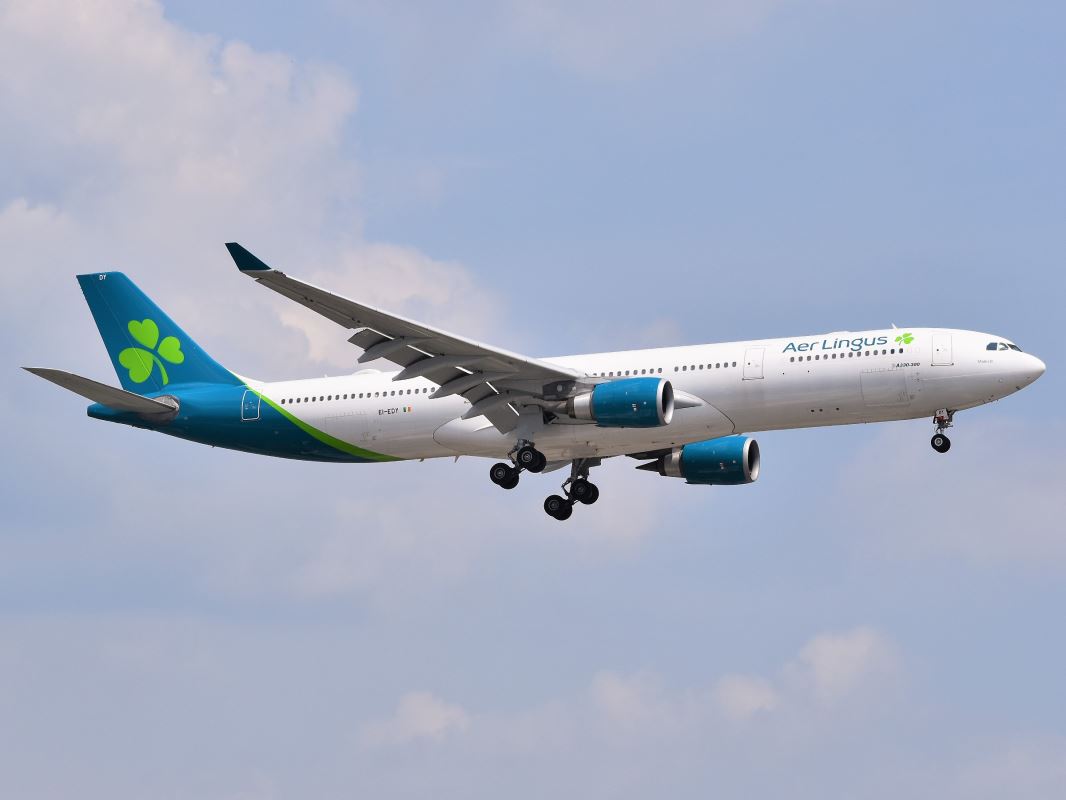


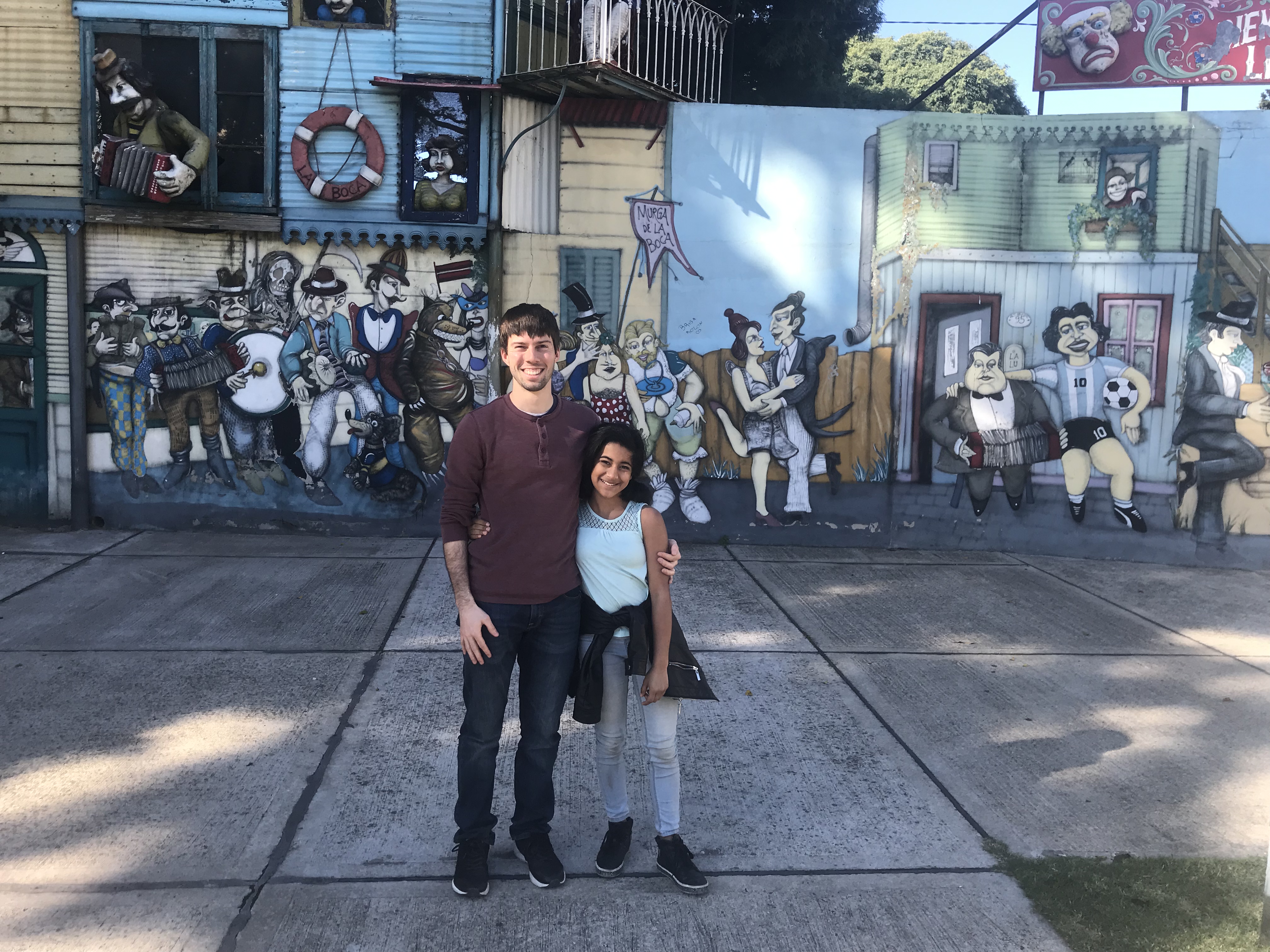
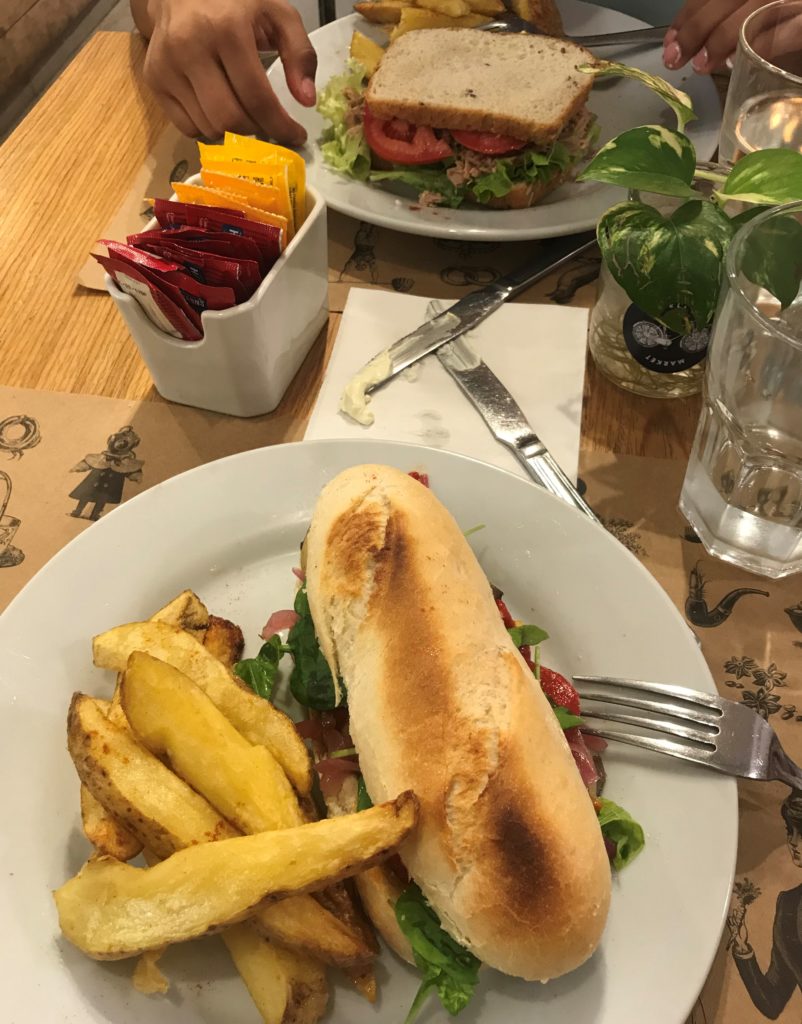
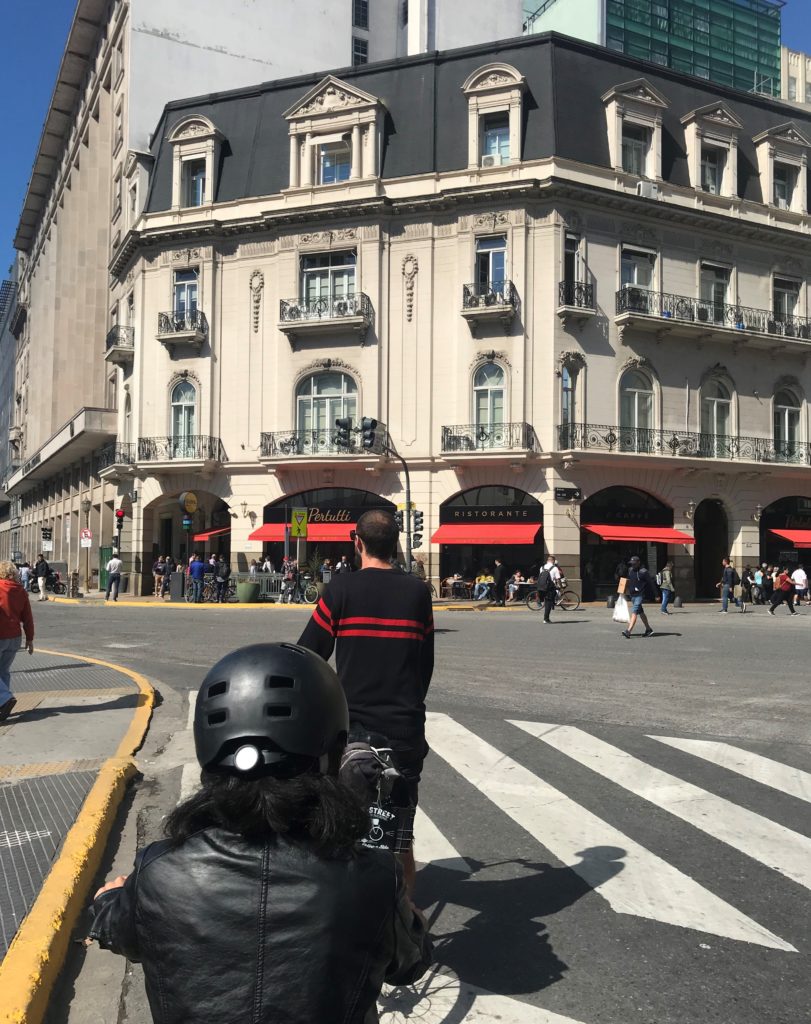

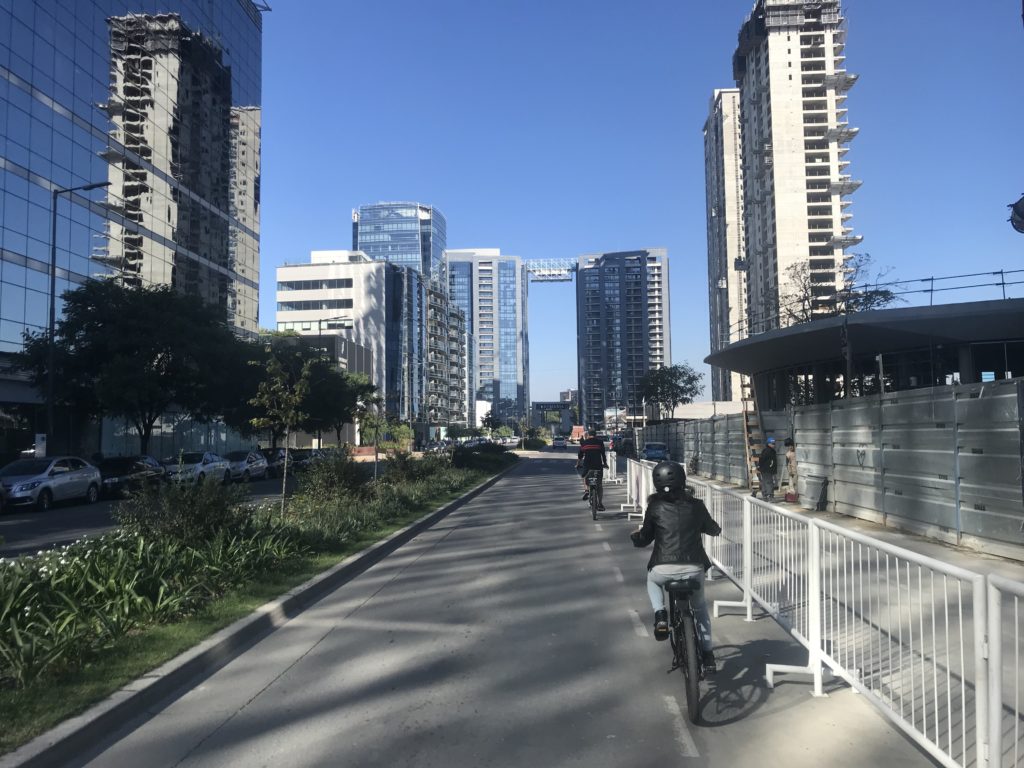
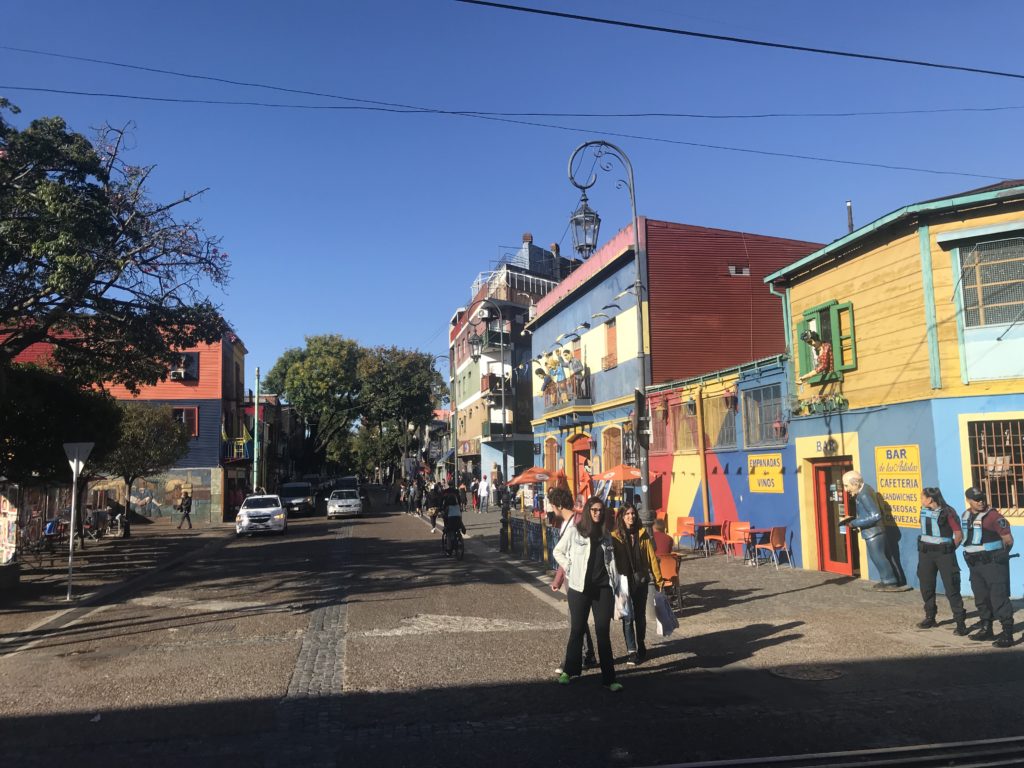
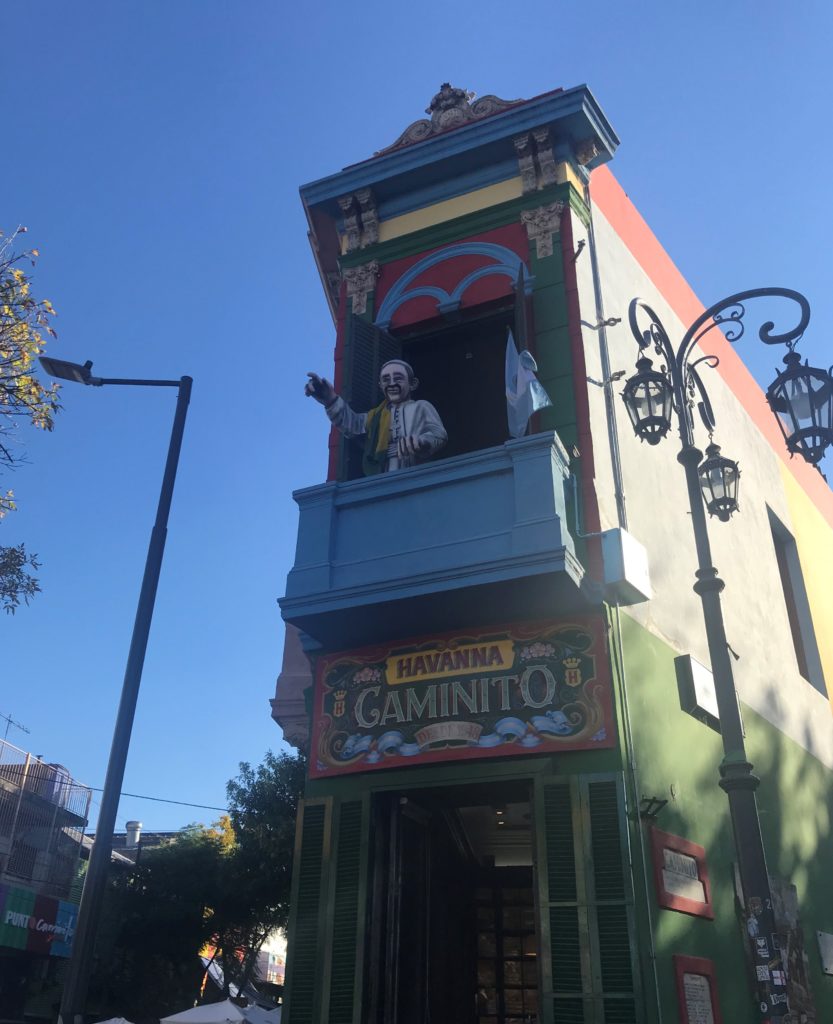
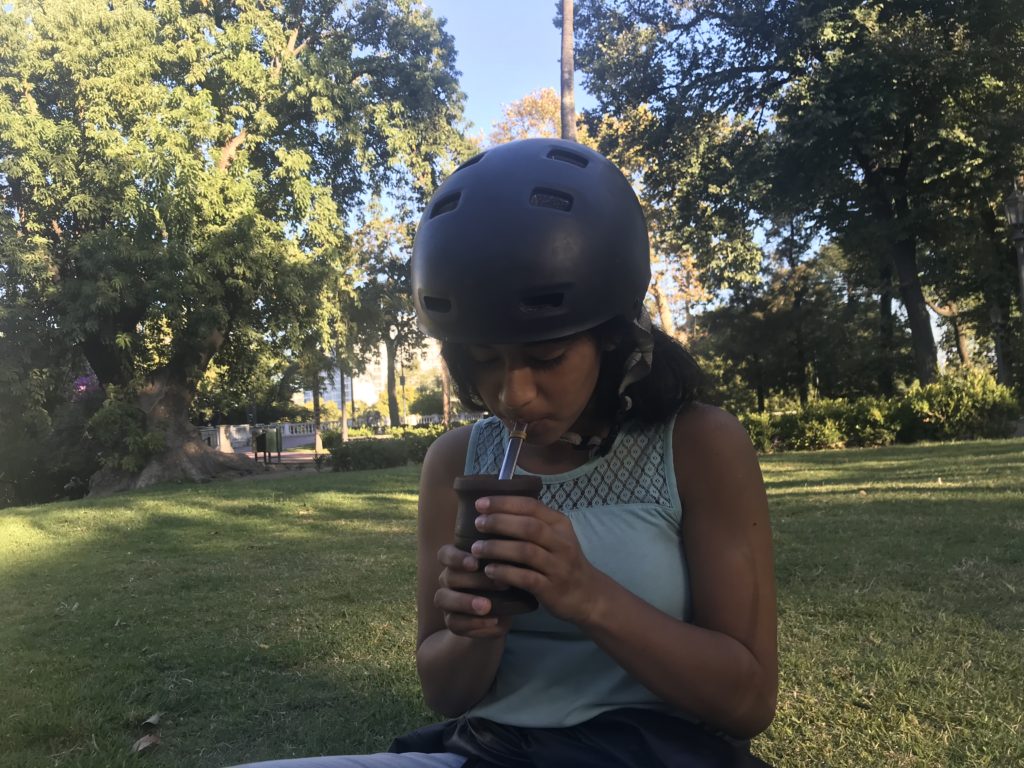
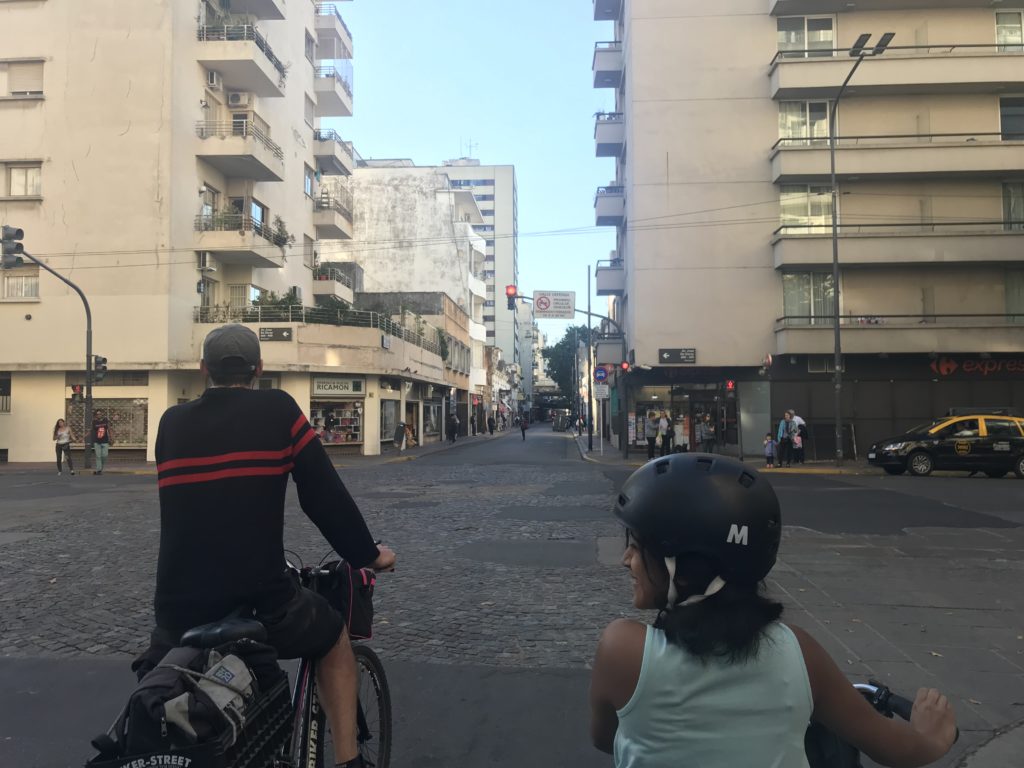
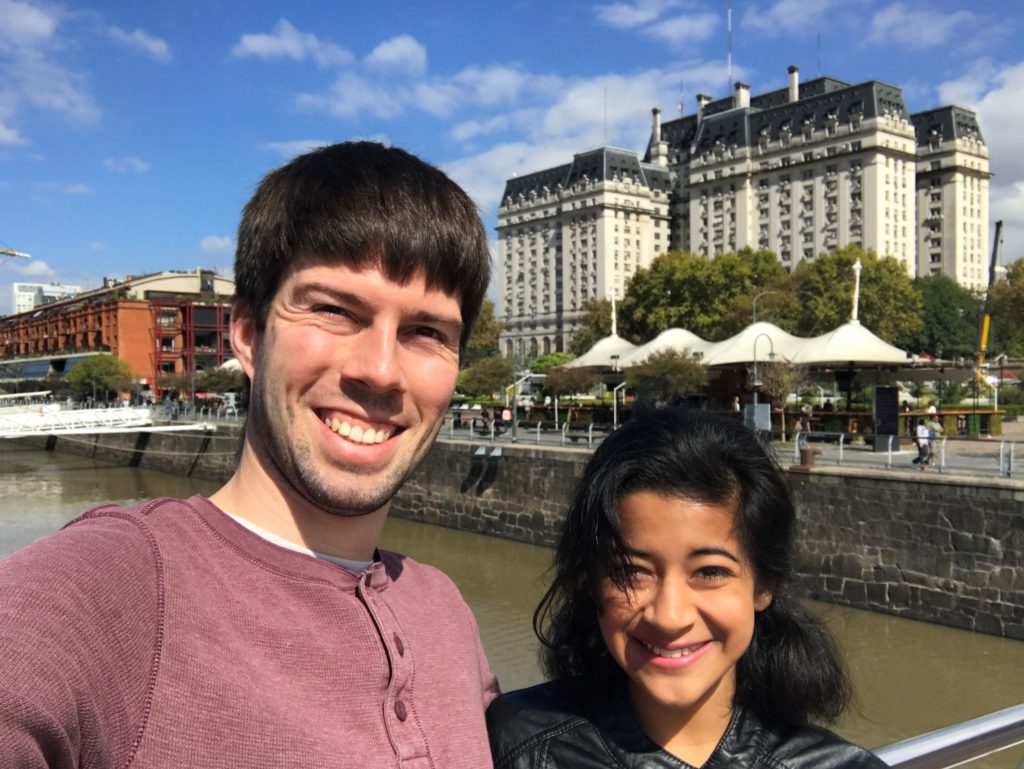

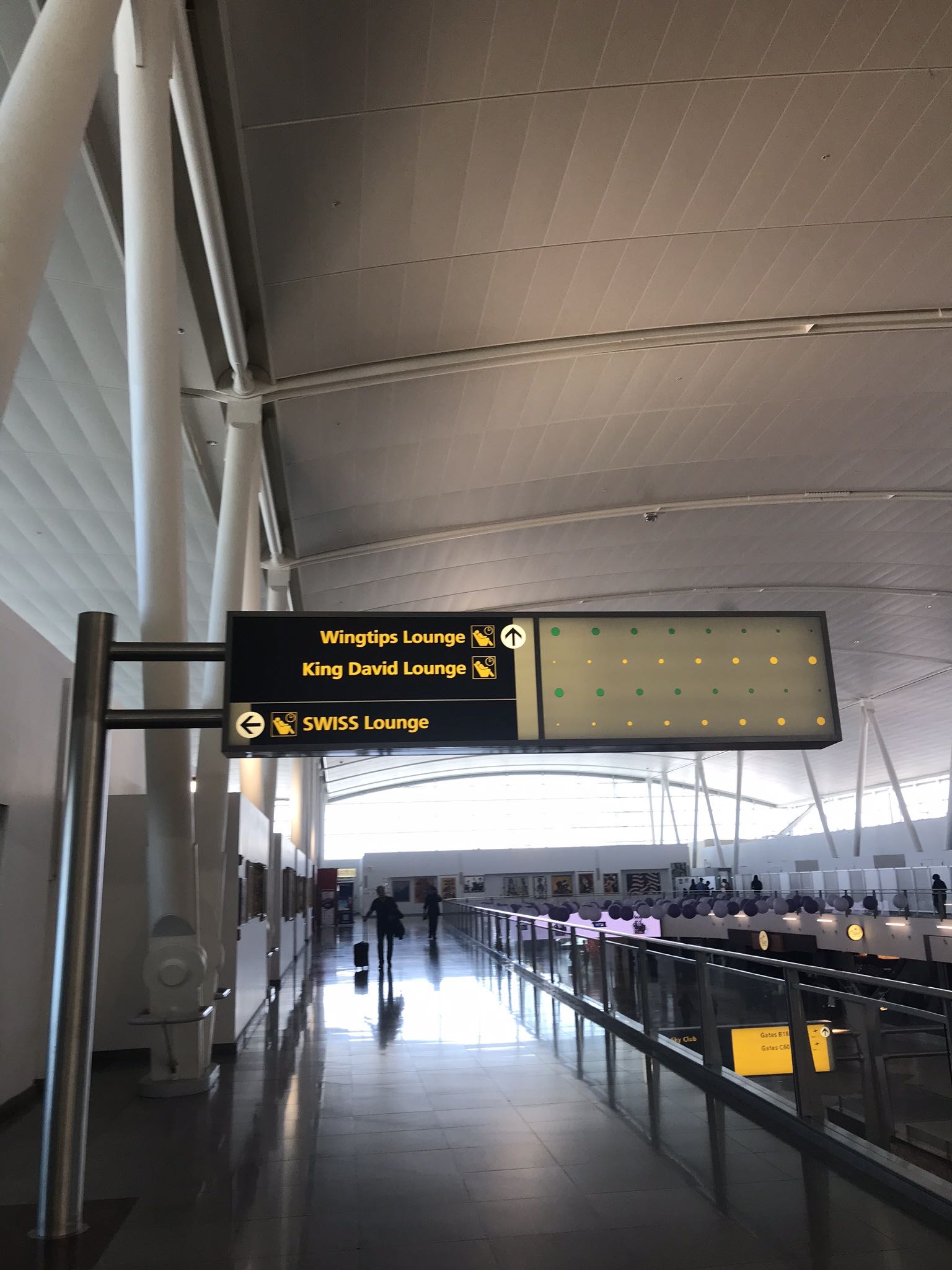
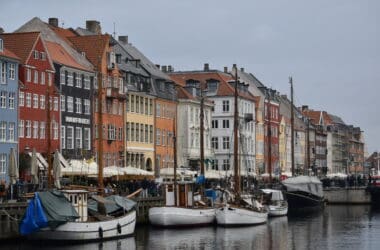

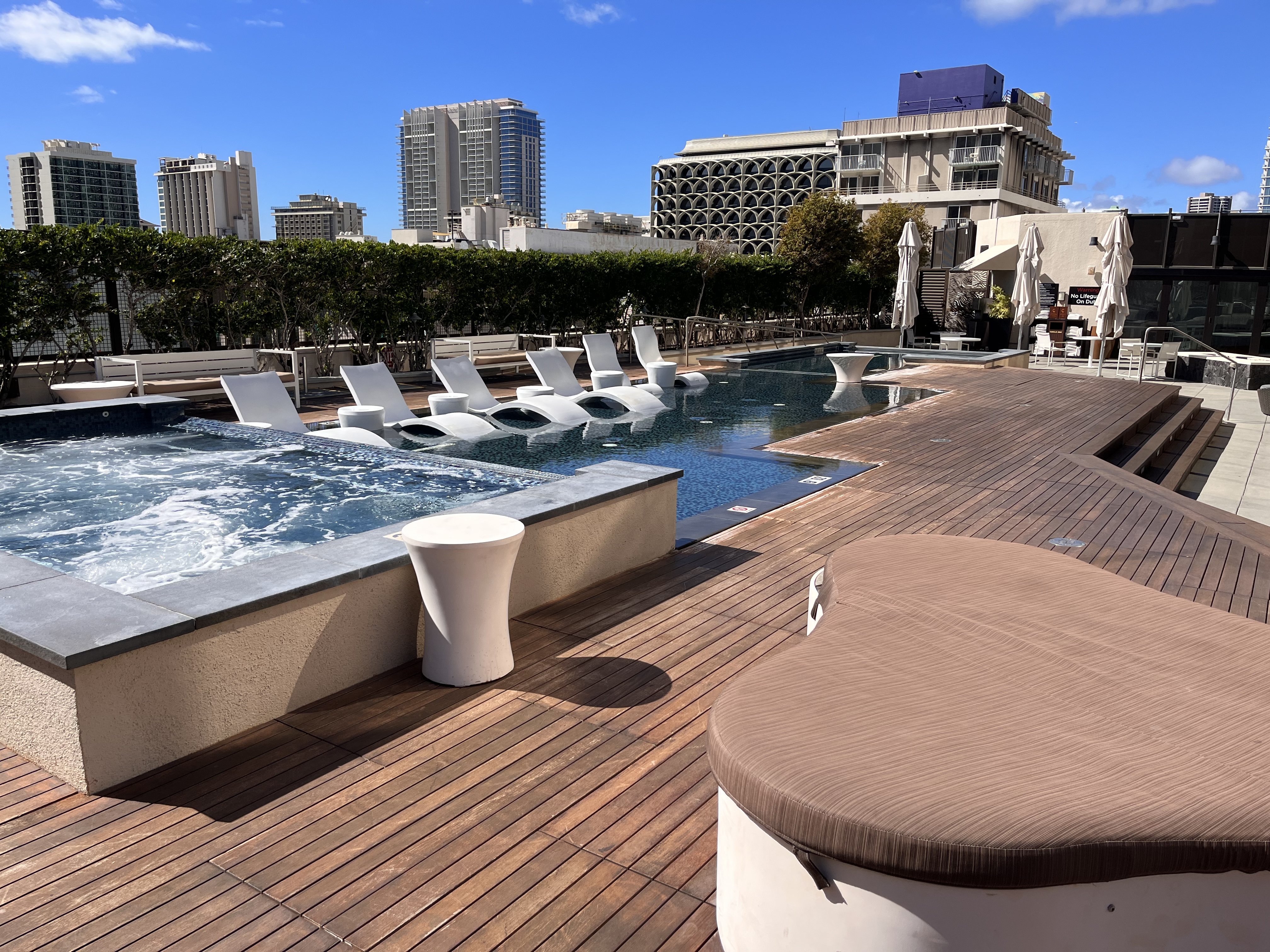
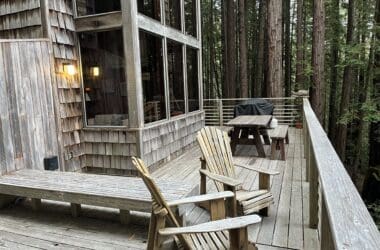
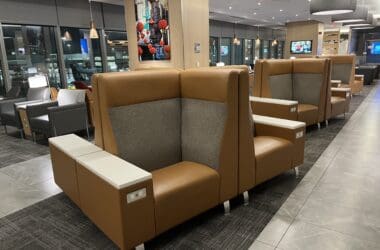
Great information. I’ve been toying with the idea of visiting Buenos Aires for a while now, and your series gives some great insight. You mention food a good bit. How are prices?
Prices are good. Not crazy rock-bottom cheap, but still affordable. Our lunch at cafe Tortoni cost $16.15 USD, and the lunch at Brun was similar. Both for two people. I’d expect similar from any decent cafe. A nice dinner for two will run you $30-40. A multi-course meal with appetizer and dessert at a nice parrilla will run ~$60, from what I recall.
You can grab a breakfast special (2 medialunas and a coffee) for less than $2.50. That is, if you don’t mind a rather Parisian breakfast.
The reality of BA is that you can get some things (steak and wine, for example) much more cheaply than what you’d expect to pay in the U.S.